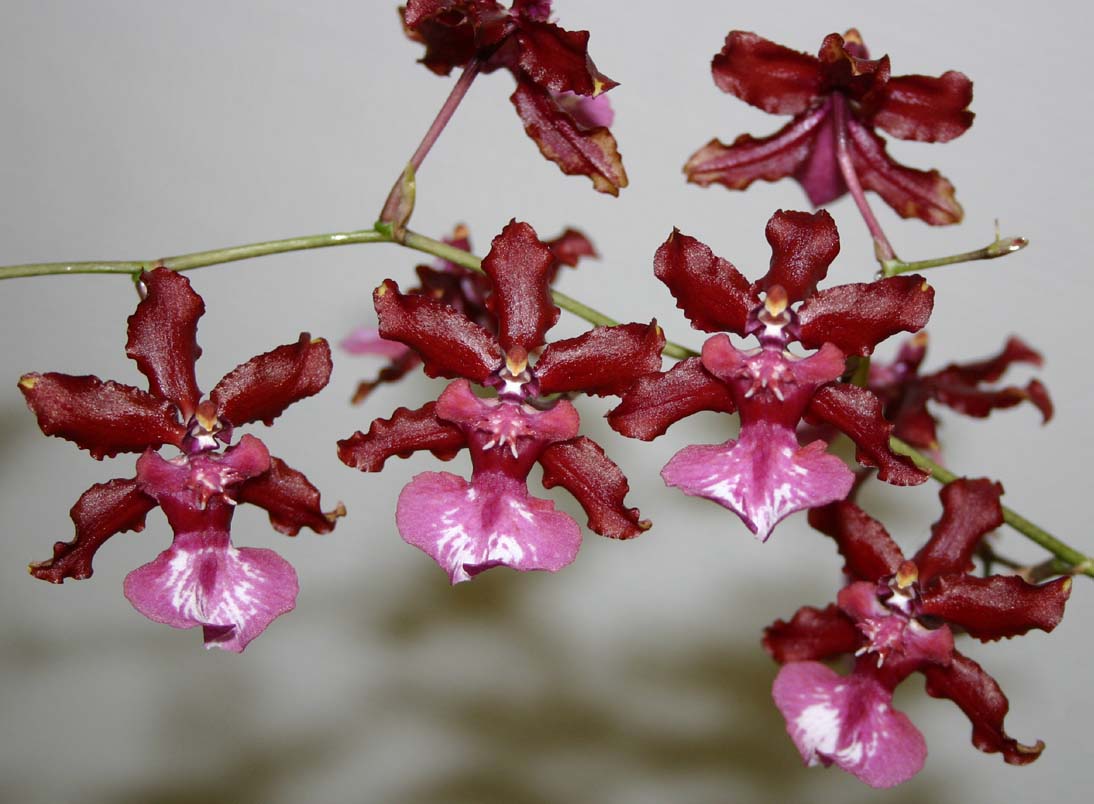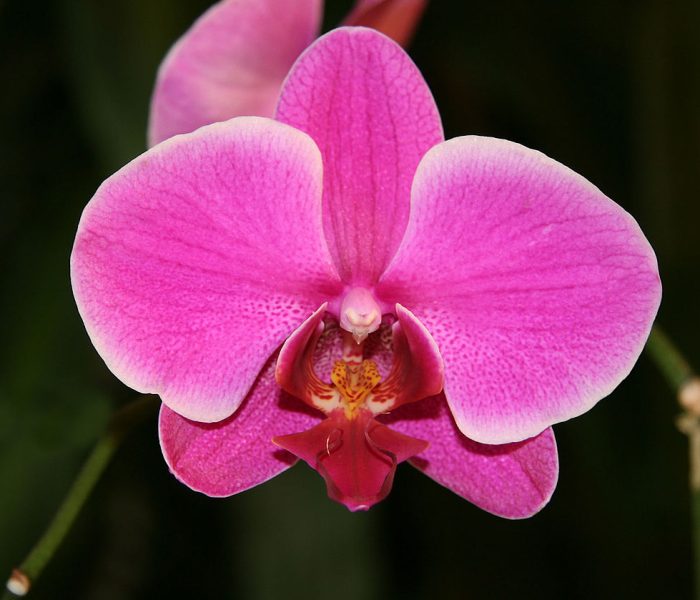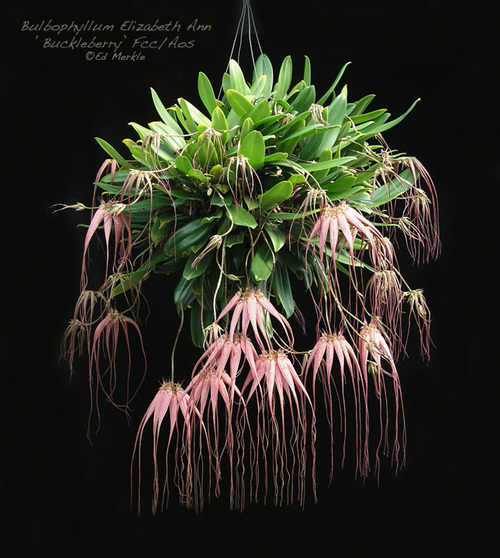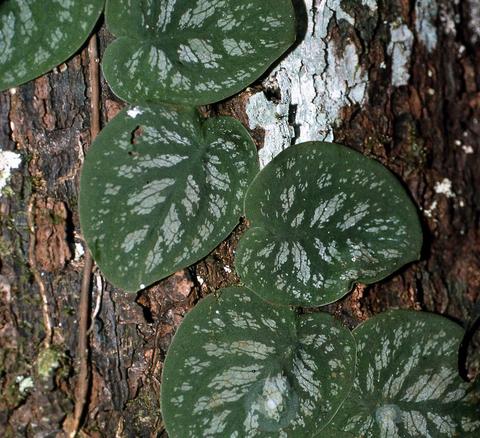

Iridescent plants are a welcome addition to the interior landscape: who wouldn’t want a shimmering blue plant in their presence? There are several species (most only marginally available in cultivation) that exhibit this exciting type of colouration; Selaginella uncinata is perhaps the most available, under the name peacock spike moss. It can sometimes be found at garden centres and the like, and is produced by Exotic Angel Plants, amongst others.
I recently read an interesting article in The Scientist magazine on natural iridescence which explained something fascinating: iridescence is not caused by a pigment or a dye, but a structural property of the leaf (or wing, or feather, or whatever). Textures of the tissue surface are covered in ridges, bumps and dimples that refract the light in a way that appears to us as a metallic sheen. This adaptation is thought to have arisen during the Cambrian Explosion, as creatures were developing the first primitive eyes able to sense light, dark and contrast.
In cultivation, plants known for iridescence such as S. uncinata can show more or less of this colouration under different cultural conditions: I find that the best conditions for S. uncinata are moist, shady and humid (my default conditions for the genus). In bright light, this plant will blush pinkish-red, which can create a spectacular effect coupled with the iridescent blue, though it is a fine line to achieve both and maintain both colours. Apparently the ratio of red to far-red light makes a large difference in the production of iridescence, at least in the related species Selaginella willdenowii., though that`s somewhat outside the realm of the casual grower to play around with.
But perhaps the most intriguing aspect of this whole thing is the why: what evolutionary benefit do plants gain from this colouration? A paper published in the Journal of the Royal Society suggests two possible advantages: the iridescence may act as a deterrent to herbivores, as the (seemingly) constantly changing shape would not allow herbivorous insects, for example, to develop a search image (a familiar shape which the insect recognizes as a food source: search images abound, in our own minds as well as those of insects). The other possible advantage is that the iridescence (which is primarily seen in shade-dwelling plants, as I mentioned earlier) can prevent damage from exposure to too much light, say from a newly created hole in the canopy overhead that permits direct sunlight to reach the forest floor.
Whatever the reason, these plants hold a special fascination, and they are beautiful to behold. With a little care, these can make incredible additions to anyone’s indoor garden (and outdoor garden, if you are fortunate to live in a place with mild enough winters to get away with it).











